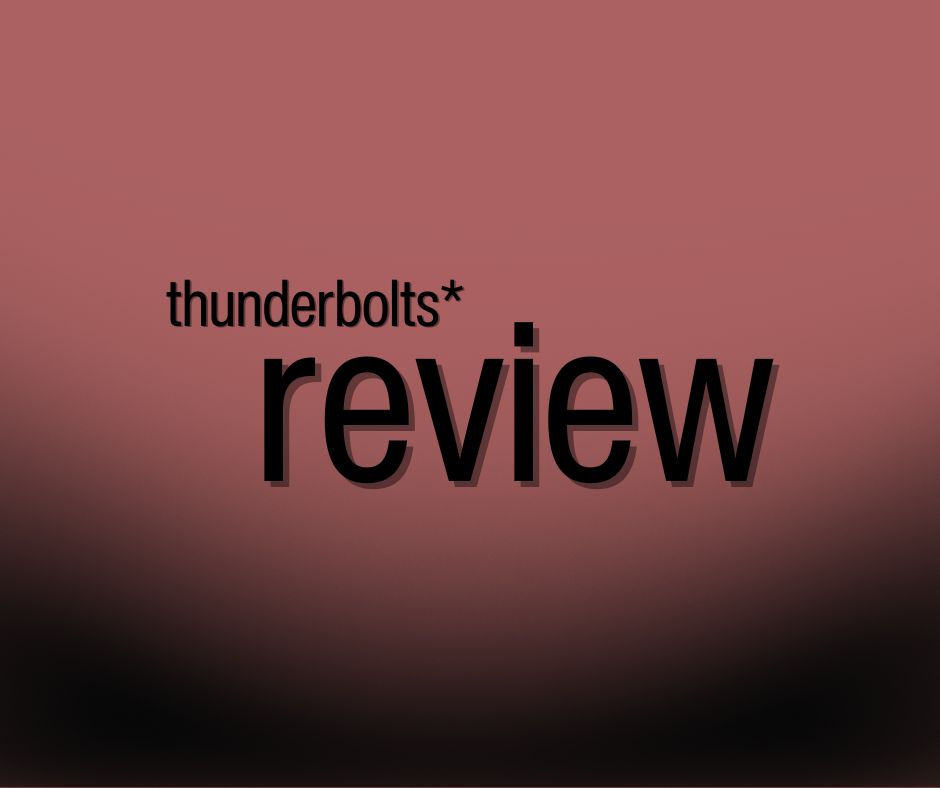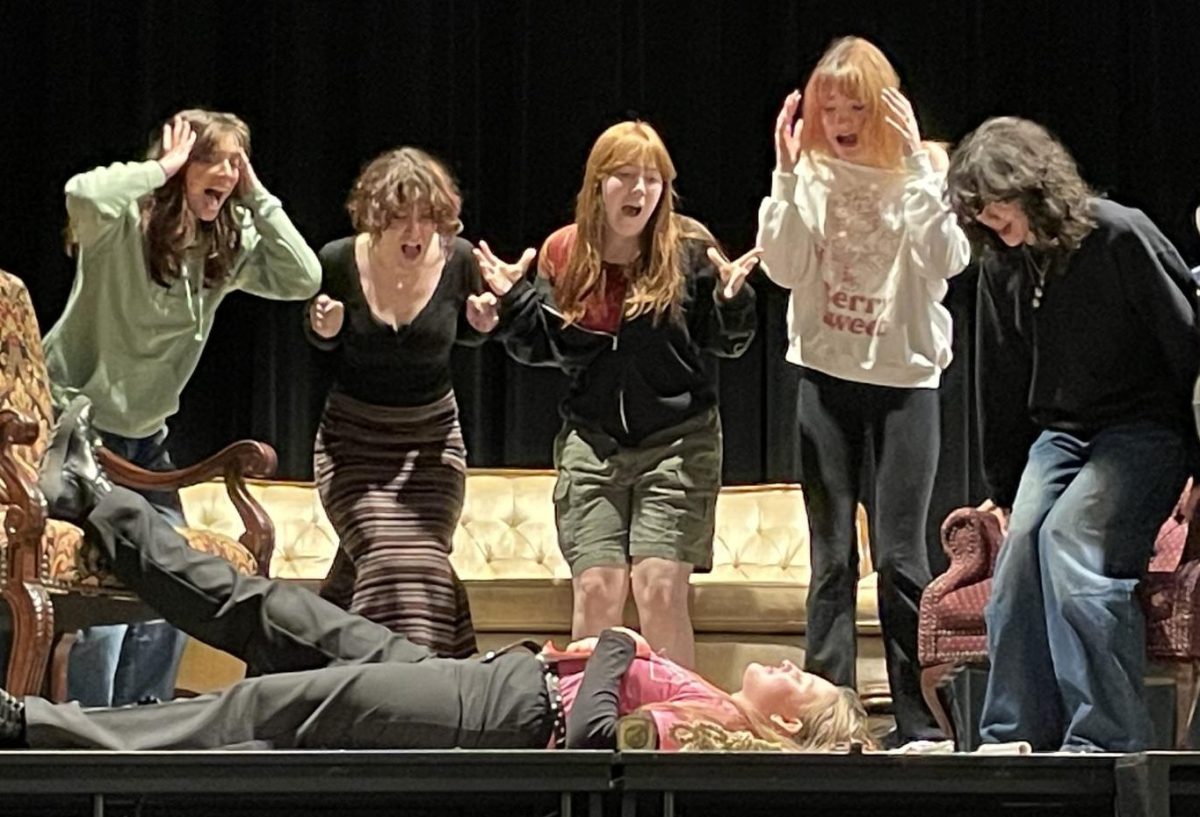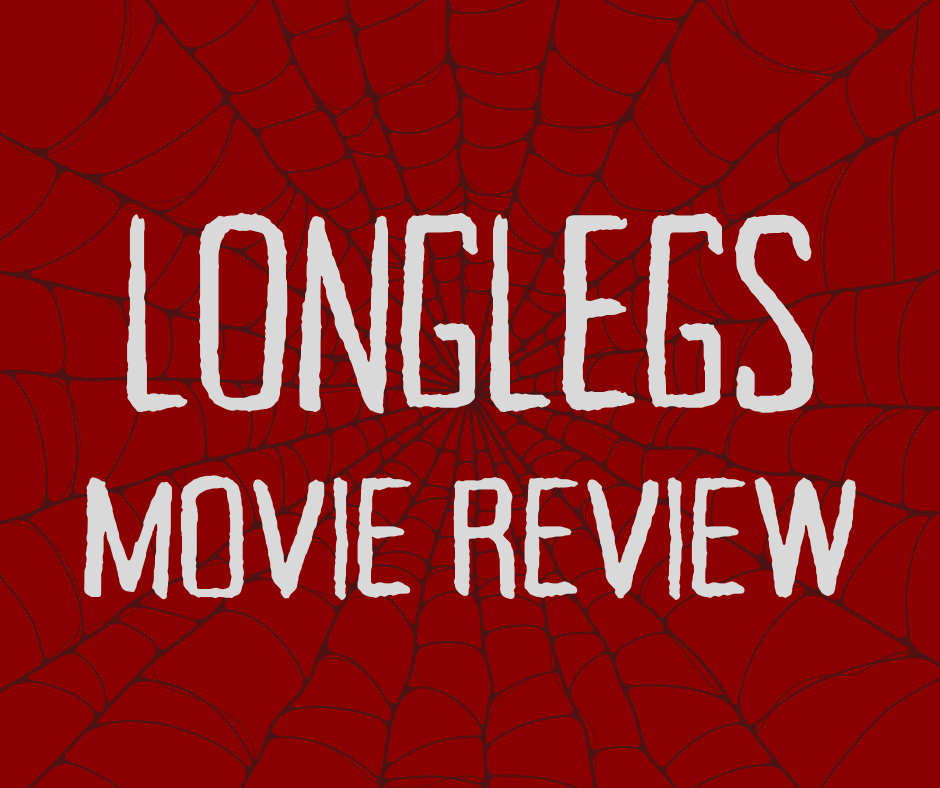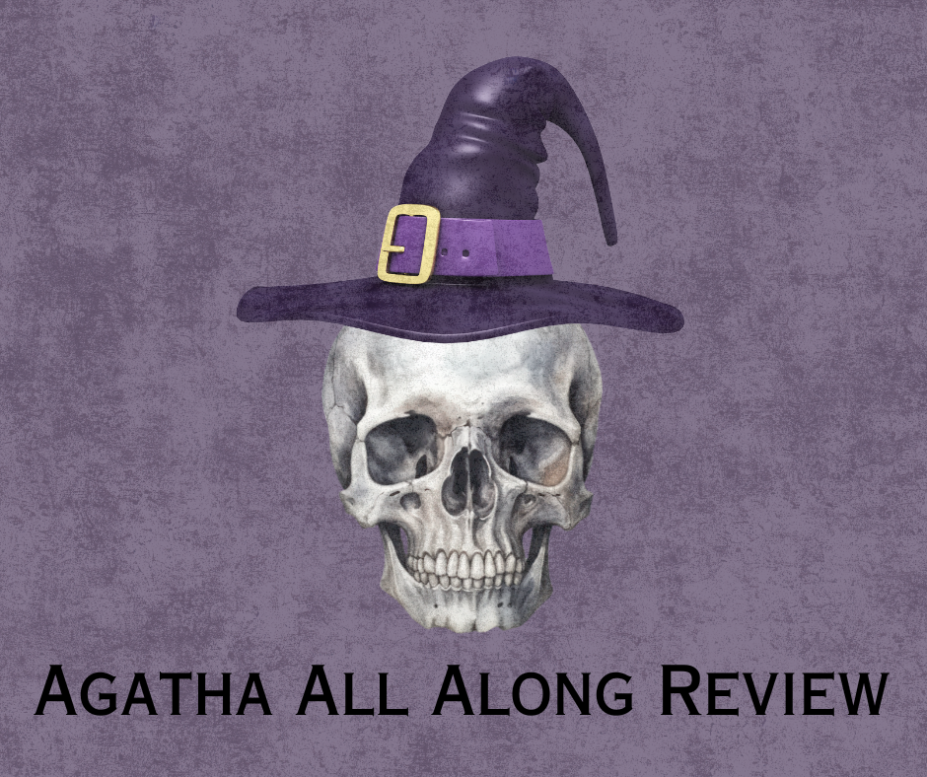One month ago, Sir Peter Jackson’s “The Hobbit: An Unexpected Journey” debuted as the first film to ever be captured at a frame rate higher than the standard 24 frames per second (fps). It has received a somewhat controversial response from critics, and many are asking whether HFR (high frame rate) technology is really a beneficial change to the movie industry.
The purpose of filming at a higher frame rate is to improve the movie-watching experience by reducing flickering and motion blur associated with traditional film, as well as creating a smoother image overall. This, in turn, leads to a much more life-like presentation of the movie: In movies with more fps, the fact that the images are recordings rather than real-life becomes less obvious. In addition, HFR improves 3D technology because the increased frame rate allows for more synchronicity between the alternating left- and right-eye frames, thus creating a more stable illusion of the third dimension.
HFR has been met with considerable apprehension from some Hollywood purists and critics. To them, HFR ruins the movie and makes it feel more like a soap opera than a professional film (soap operas generally look more smooth and fluid than traditional Hollywood movies, an effect which is also achieved by HFR). They say that all films should retain the classic 24 fps that has become the movie industry’s standard. However, other critics, as well as many fans and movie-goers, have embraced HFR technology, saying that the traditional 24 fps format has become archaic. This supports Peter Jackson’s viewpoint, as he stated that the movie-industry is struggling in this economy. Thus, it is his belief that, in order to pull audiences in, the industry must integrate new features and technologies into the movie-going experience to provide incentives to go to the theaters. It is this belief that led Jackson to decide to film the Hobbit at 48 fps. Other filmmakers reject this belief, saying that if HFR becomes popular, Hollywood movies will no longer be the same.
So, is HFR all it’s cracked up to be? Is it worth spending extra time and money to go see the Hobbit in HFR? Senior NickPadgett thinks it is. Nick first went to see the Hobbit at the normal 24 fps, then again in HFR at 48 fps. “HFR is awesome,” he said. “For the first few minutes of the movie, the HFR is a little disconcerting, especially if you’ve never seen it before. But it very quickly draws you in and completely immerses you into the movie. It doesn’t look ‘too’ real. It looks very real, but in a good way. Honestly, seeing the movie in HFR was way better than seeing it normally. I highly recommend it to anyone who wants to see the Hobbit.”
There have been concerns about whether HFR induces nausea, headaches, or any other problems. In actuality, HFR greatly reduces all of these things. “The image is much clearer and less dizzying in HFR,” Nick said. “If you go to see the movie in HFR, the chances of having any viewing problems like that are probably less than seeing a movie at the normal 24 fps.”
The real question everyone has been asking is whether or not HFR will endure. “Oh, it definitely will,” Nick said. “The way technology is going, there’s no way it would die out.” To Nick’s point, in addition to Parts 2 and 3 of the Hobbit, James Cameron has announced that his upcoming movies (Avatar 2 and 3) will also be presented in HFR, though it is possible that he will go above 48 fps; at the CES exhibition this year, he showed footage created by his company at 48 fps, 60 fps, and even 120 fps.
So, rest assured, there is very little risk involved in going to see the Hobbit in HFR. The only real concern is that the two closest theaters that are presenting the Hobbit in HFR are both located in and near Atlanta. But the consensus is that seeing the movie in HFR is worth both the time and the money required to do so.






